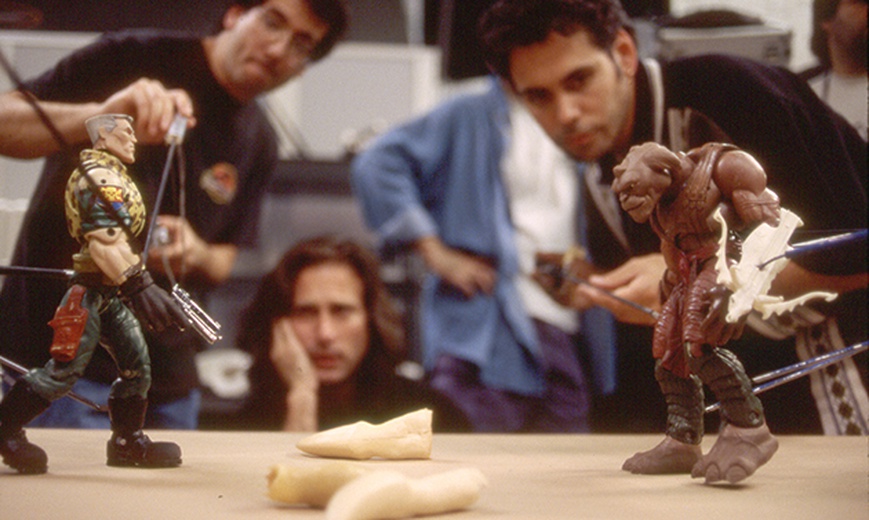I came across David Neat a few years ago. He has a wonderful website that I found very useful for drawing and making model sets.
He is a real teacher. As described on his
web site.
"I am, quite simply put, a maker and a teacher of making. That may neatly embrace a lot of what I do, but it doesn’t really touch the heart of my interests or intentions. Having struggled for a long time to find a better job description, the one that I think I’m most comfortable with at the moment is .. practical investigator!
My own ‘making’ encompasses sculpture, model-making, painting, graphic work and design. My ‘teaching’ involves undergraduate or post-graduate lecturing/tutoring both here (England) and abroad; running my own short courses, whether independently or hosted by institutions; writing instructional books and articles. I am, for example, author of the (fairly successful) book Model-making: Materials and Methods and this WordPress site is meant to be a continuation or an ‘update’ of it.
Here is a list of the places/courses where I either work regularly or have given workshops/masterclasses to date:
Wimbledon College of Art, BA (Hons) Set Design for Screen, BA (Hons) Technical Arts & Special Effects, MA Theatre Design; Rose Bruford College, BA (Hons) Theatre Design; Central Saint Martins, BA (Hons) Performance Design and Practice, MA Performance Design and Practice, Foundation Art and Design; Royal Academy of Dramatic Art, MA Theatre Design; Liverpool Institute for Performing Arts, BA (Hons) Theatre and Performance Design; Bristol Old Vic Theatre School, MA Theatre Design; National Film and Television School, MA Production Design; Victoria & Albert Museum, London; National Gallery, London; Microsoft Mobile (formerly Nokia) London South Bank University, BA (Hons) Architecture; Aalto University School of Art and DesignHelsinki, BA Scenography; Royal Central School of Speech and Drama BA (Hons) Theatre Practice Design for Performance"
He also includes work from other model makers, suppliers, materials, tools.
 "Go behind the scenes of Joe Dante’s Small Soldiers and see how Stan Winston Studio used real puppets and on-set performance to bring to life the militarized Action Figures."
"Go behind the scenes of Joe Dante’s Small Soldiers and see how Stan Winston Studio used real puppets and on-set performance to bring to life the militarized Action Figures." These are a few of the photos from the SWSCA blog which are taken from the truly excellent book The Winston Effect: The Art & History of Stan Winston Studio. It must have been a lot of fun.
These are a few of the photos from the SWSCA blog which are taken from the truly excellent book The Winston Effect: The Art & History of Stan Winston Studio. It must have been a lot of fun.

























